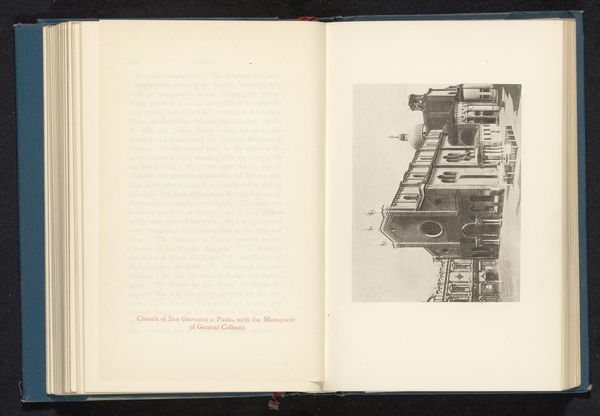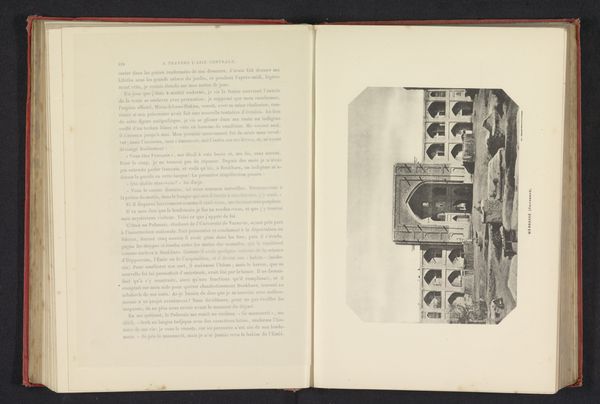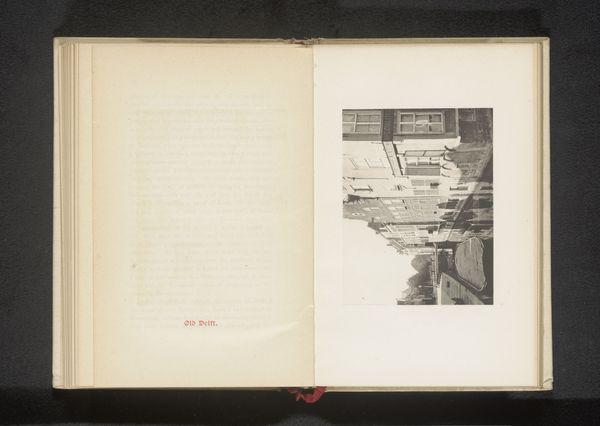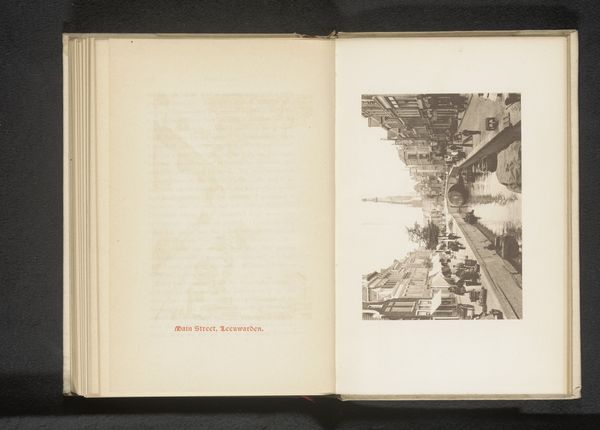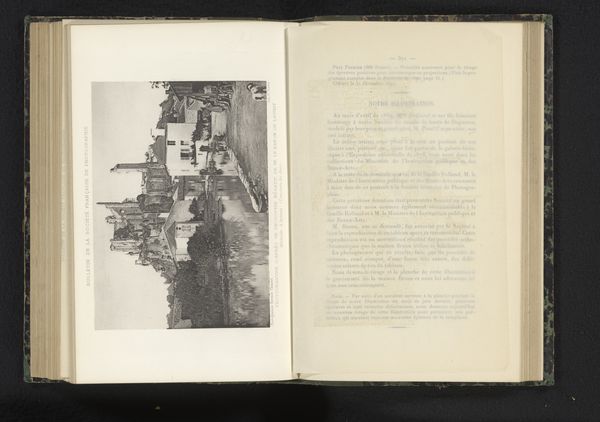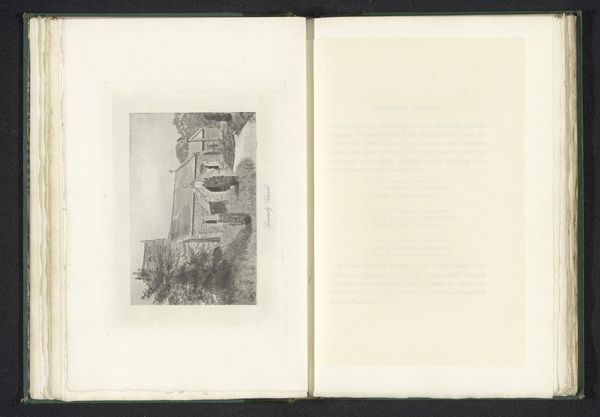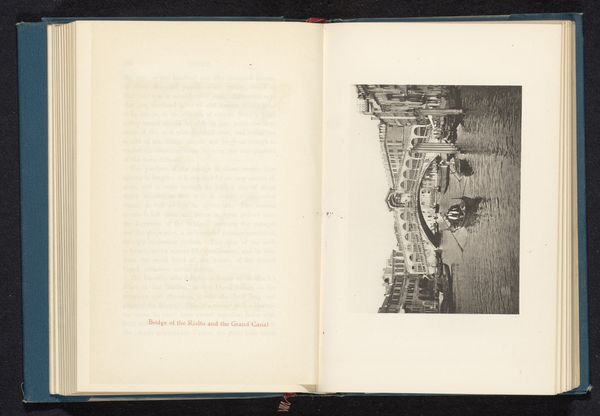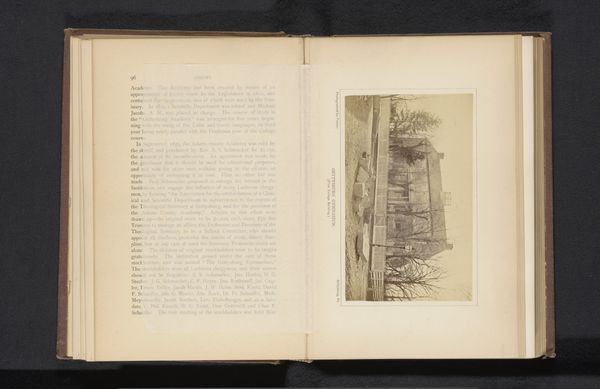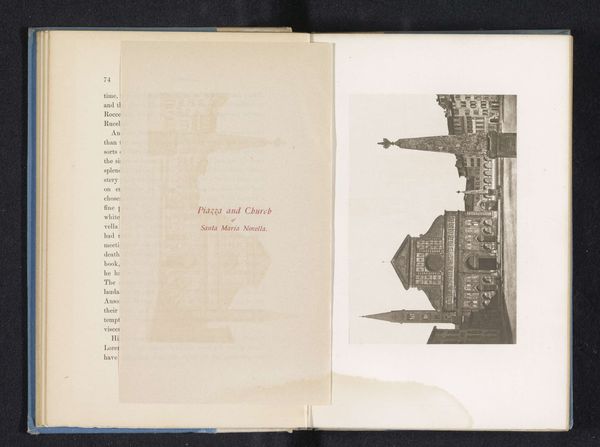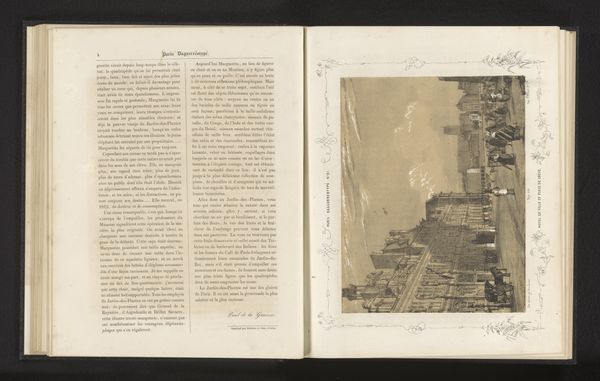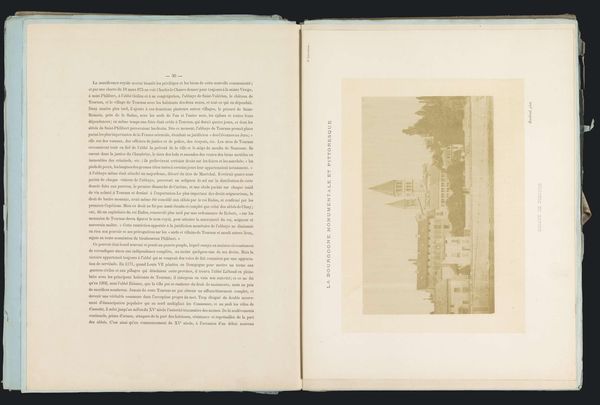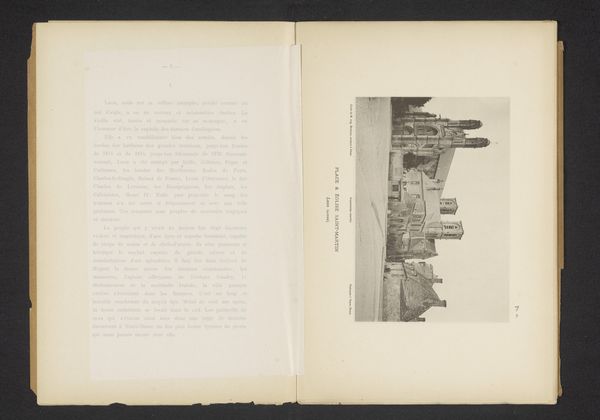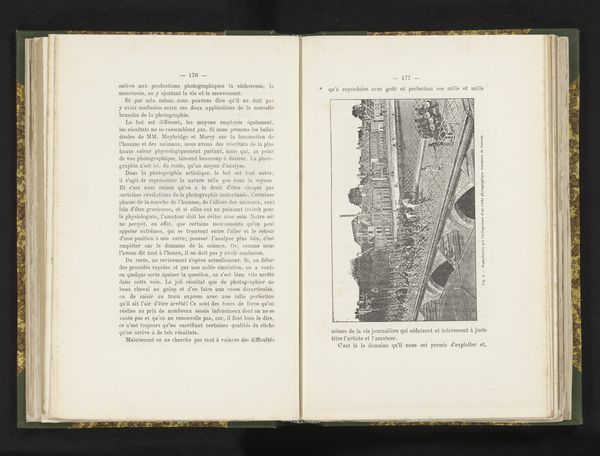
Exterieur van de Basilica di Santa Maria Gloriosa dei Frari te Venetië c. 1882 - 1892
0:00
0:00
print, photography
# print
#
landscape
#
photography
#
building
Dimensions: height 91 mm, width 116 mm
Copyright: Rijks Museum: Open Domain
Curator: The photographic print we’re looking at captures the exterior of the Basilica di Santa Maria Gloriosa dei Frari in Venice. It's dated to around 1882-1892. What strikes you first about it? Editor: A stillness, an almost melancholy mood. The monochrome tones definitely contribute, lending it an antiquated feel despite being a photograph. And that towering façade... It feels very imposing. Curator: The Basilica, known as the Frari, carries significant symbolic weight. Its Franciscan origins are evident in the austerity of its exterior, despite its size. That solemnity, though, contrasts with the artistic treasures within, holding masterpieces by Titian and Donatello. It acts as a kind of cultural vessel. Editor: And look how the photograph frames the architecture. It is presented devoid of people or context. It elevates it—perhaps consciously drawing attention to its structural prominence within Venetian society at that time. Curator: Yes, and in Venice, religious architecture often plays a multifaceted civic role—think of San Marco. I am interested to see how people in Venice and people traveling in Venice understood the photograph in that context. Do you think the photographer intended a purely aesthetic, or also political, reading? Editor: Interesting thought. I’d argue both. Churches, particularly prominent ones, were then and still are physical representations of power, faith, and tradition—intangible entities shaping public life. This print might both celebrate Venetian heritage but also acknowledge religious control, even as secular forces pushed against that. Curator: Precisely! Its existence as a widely distributed print further amplifies these layered social and ideological considerations, creating a shared cultural memory tied not only to the Basilica itself but to the act of photographic reproduction and circulation. The emotional resonance here—the feeling of ‘stillness’ you mentioned—could therefore speak to complex perceptions around permanence, institutional authority, and collective faith within a transforming society. Editor: It highlights the image's ongoing engagement with how places mean. That’s made me see so much more. Curator: And for me, it is about finding the link in that chain, reaching out across the years.
Comments
No comments
Be the first to comment and join the conversation on the ultimate creative platform.
